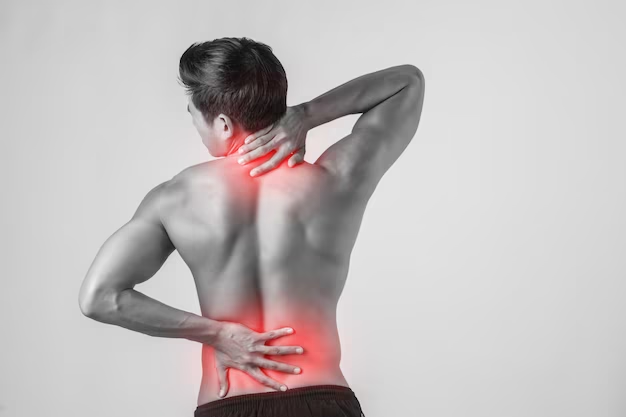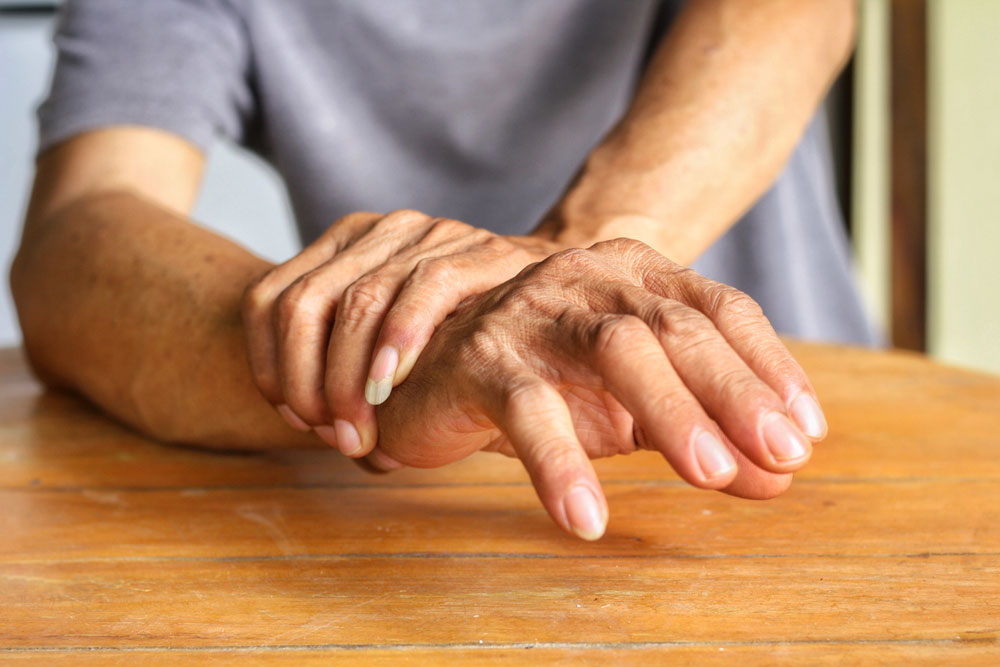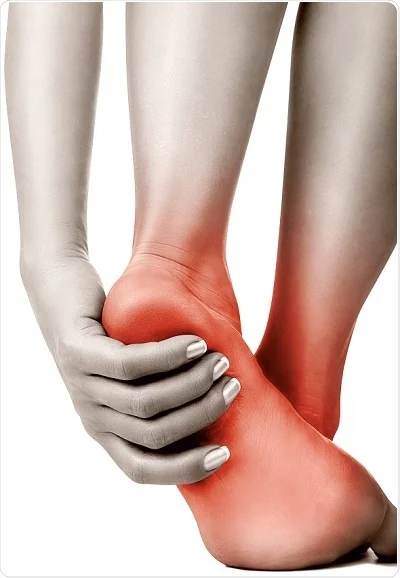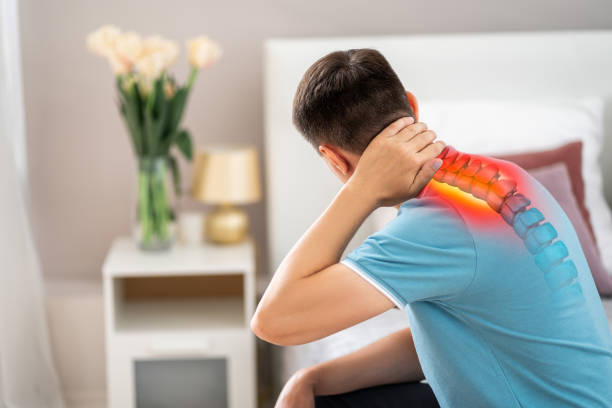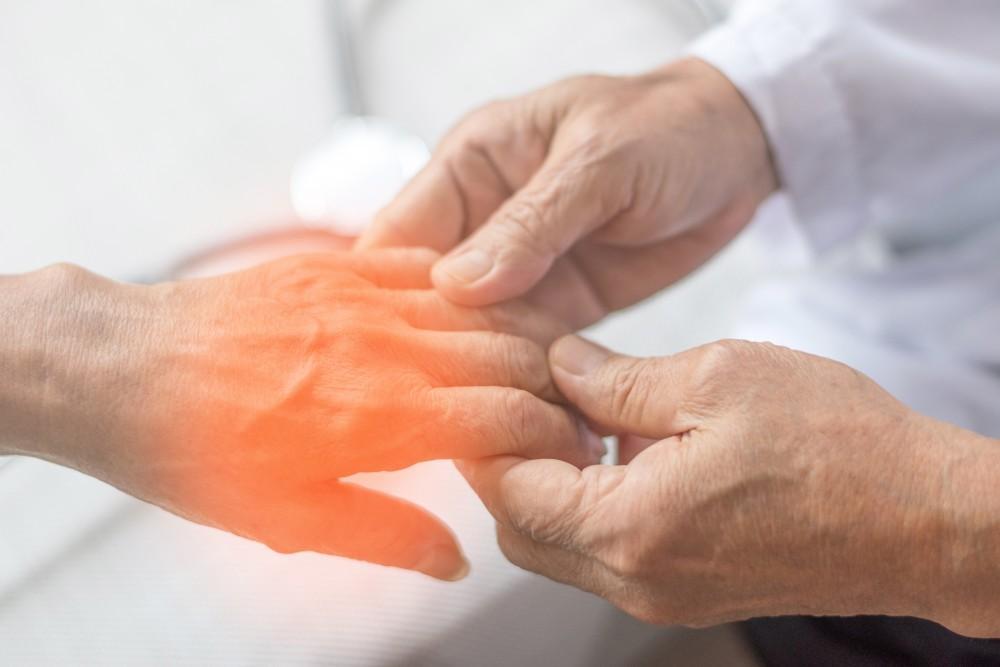Back pain is one of the most common ailments affecting people of all ages. It can be caused by a variety of factors, including poor posture, injury, or underlying medical conditions. This guide will help you understand the different types of back pain, their causes, and effective management strategies.
Types of Back Pain
- Acute Back Pain: This is short-term pain that can last from a few days to a few weeks. It is often caused by a sudden injury or strain.
- Chronic Back Pain: Pain that persists for 12 weeks or longer, even after the initial injury or underlying cause has been treated.
- Mechanical Back Pain: The most common type, often due to abnormal stress and strain on the muscles of the vertebral column.
- Inflammatory Back Pain: Caused by conditions such as ankylosing spondylitis, where inflammation of the spinal joints leads to pain and stiffness.
- Referred Pain: Pain felt in the back that originates from another part of the body, such as the kidneys or gastrointestinal tract.
Common Causes of Back Pain
- Muscle or Ligament Strain: Heavy lifting or an awkward movement can strain back muscles and spinal ligaments.
- Bulging or Ruptured Discs: Discs act as cushions between the bones in your spine. If they bulge or rupture, they can press on a nerve.
- Arthritis: Osteoarthritis can affect the lower back. In some cases, arthritis in the spine can lead to a narrowing of the space around the spinal cord, a condition called spinal stenosis.
- Skeletal Irregularities: Conditions like scoliosis, a curvature of the spine, can lead to back pain.
- Osteoporosis: Bones, including the vertebrae of your spine, can become porous and brittle, leading to compression fractures.
Symptoms of Back Pain
- Muscle ache
- Shooting or stabbing pain
- Pain that radiates down your leg
- Pain that worsens with bending, lifting, standing, or walking
- Pain that improves with reclining
When to See a Doctor
Most back pain gradually improves with home treatment and self-care. However, you should see a doctor if your back pain:
- Persists beyond a few weeks
- Is severe and doesn’t improve with rest
- Spreads down one or both legs, especially if the pain extends below the knee
- Causes weakness, numbness, or tingling in one or both legs
- Is accompanied by unexplained weight loss
Preventing Back Pain
- Exercise Regularly: Engage in activities that strengthen your back and core muscles.
- Maintain a Healthy Weight: Excess weight puts additional stress on the back.
- Practice Good Posture: Sit and stand up straight, and use ergonomically designed furniture.
- Lift Properly: Bend your knees and keep your back straight when lifting heavy objects.
- Quit Smoking: Smoking reduces blood flow to the lower spine and increases the risk of osteoporosis.

